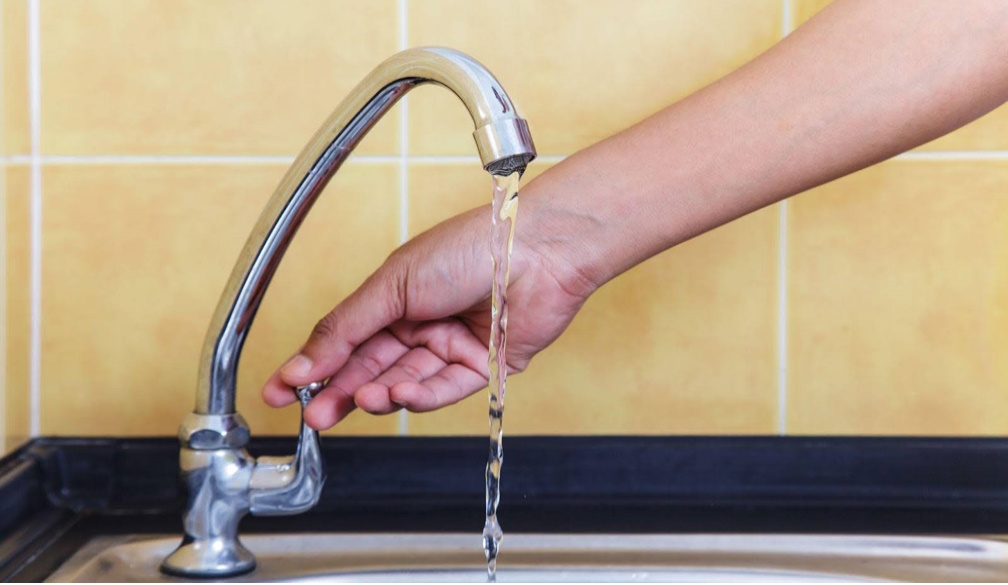Discover the Key Habits to Lower Your Water Costs in Canberra

Water conservation has become a critical focus in Canberra due to its growing population and the increased necessity of preserving natural resources. Rising water costs are placing additional pressure on household budgets, making it more crucial than ever for residents to adopt water-saving measures. By integrating thoughtful habits into daily routines, households can decrease their water bills while contributing positively to the environment. This article presents practical tips and strategies to aid residents in reducing their water costs and maintaining a sustainable lifestyle.
Understanding Water Usage in Canberra
In Canberra, water consumption statistics reveal that the average household uses significant amounts of water daily, primarily for indoor activities such as bathing, cooking, and cleaning. Outdoor water use, particularly for gardening and landscaping purposes, also constitutes a large part of consumption. For those seeking to discover average water costs in Canberra, it’s helpful to understand how seasonal changes and lifestyle habits influence overall water bills. Among the factors contributing to high water usage are inefficient fixtures, poorly-maintained plumbing, and everyday practices that inadvertently waste water.
Seasonal variations notably affect water bills, with increased usage during the warmer months when gardens require more irrigation and pools need filling. Understanding one's water consumption patterns throughout the year can aid in identifying peak usage times, enabling more strategic planning to minimise costs. By being mindful of when and how water is used, households can make informed decisions to manage their consumption more efficiently.
Optimising Indoor Water Use
The key to achieving significant reductions in water consumption begins indoors. Kitchens and bathrooms are hotspots for water usage, so targeted practices in these areas can help conserve water. Simple actions like turning off taps while brushing teeth, taking shorter showers, and only running full loads in dishwashers and washing machines can drastically reduce water consumption.
Installing low-flow fixtures and water-saving appliances also plays a significant role in conserving water. Modern devices are designed to perform efficiently using less water, saving both water and money over time. For instance, water-saving showerheads and faucets can cut usage by up to 50%, without compromising on performance.
Regular maintenance is essential for detecting and fixing leaks, which can lead to substantial water waste unnoticed. Toilets, sinks, and pipes should be checked periodically to ensure they are functioning properly and not adding unnecessary costs to water bills.
Efficient Outdoor Water Management
Efficient management of outdoor water use can also lead to considerable savings. Water-wise gardening techniques, like mulching and utilising compost, help retain soil moisture, thus reducing the need for frequent watering. Incorporating native plants that are naturally adapted to the local climate can further decrease water requirements, as these plants tend to be more drought-resistant.
Smart irrigation practices focus on delivering water at the right time and in appropriate amounts. Watering plants during the early morning or late afternoon reduces evaporation, ensuring more water reaches the roots. Drip irrigation systems and soaker hoses are efficient alternatives to traditional sprinklers, directing water precisely where it is needed.
Rainwater collection systems, like rain barrels, can supplement water supplied for gardens and other outdoor uses. These systems capture rainwater from rooftops during rainy periods, storing it for future use without tapping into the municipal supply, thus lowering overall water bills.
Harnessing Technology for Water Conservation
Incorporating technology into water management strategies can significantly enhance conservation efforts. Water-efficient technologies and smart devices offer advanced solutions for monitoring and controlling usage patterns. Installing smart meters allows households to track consumption in real time, identifying unusual spikes and prompting investigations for potential leaks or wasteful practices.
Water-saving toilets and showerheads inherently consume less water per use, helping households cut down their water bills. Their installation is a straightforward upgrade for many homes, with immediate impacts on water conservation.
Digital apps and tools provide valuable insights into daily water usage, sending reminders or alerts when consumption exceeds predetermined levels. Such technologies keep users informed and engaged, encouraging more sustainable water management practices.
Community Initiatives and Support
Communities in Canberra can benefit collectively from government programs promoting water conservation. Initiatives such as water efficiency rebates and grants for installing water-saving devices provide financial incentives to adopt conservation measures. Active participation in neighbourhood water-saving projects can yield tangible cost reductions and foster a cooperative spirit in addressing water resource challenges.
Educational resources and workshops offered by local councils are instrumental in raising awareness about water conservation's impact and importance. Empowering individuals with the knowledge and tools to implement changes ensures broader community engagement in sustainable practices.
Conclusion
In summation, adopting key habits and strategies can lead to meaningful reductions in water costs and contribute positively to environmental preservation efforts. Simple changes, such as optimising indoor water use and adopting efficient outdoor water management techniques, pave the way for significant savings. Residents are encouraged to begin with small changes and build upon them, ultimately fostering a community committed to water conservation.
Canberra's residents are invited to participate in local initiatives supporting sustainable water use enhancing community resilience against rising costs and environmental challenges. Embracing water-saving practices not only alleviates household budget strains but also ensures a healthier environment for future generations.

















